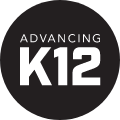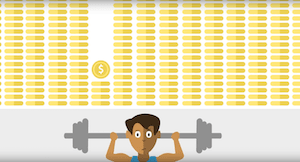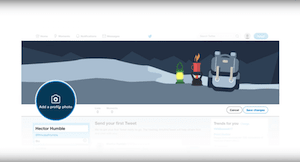
**Editor's note: In the interest of clarity (and because we'd always rather default to the way people actually talk about things), we'll be using the word "data" in its singular form; i.e. "data is" instead of "data are."
Student data. Financial data. Performance data. No matter what your role in a school system, you are collecting, influencing, and being influenced by data every single day. But if you haven't already received or pursued some kind of training, it can be difficult to track down a good starting point.
An important note before we get started: The School Data Playbook is not for the tech-savvy or data literate. If you're in those groups, you're already well ahead of the curve. This series is for the dedicated educational pros who need a data foundation to start from. There are an endless number of data points, correlations, and analysis tools to get to, and we'll visit some of those in the future, but the whats, wheres, and whys need to come first.
1) What is Data?
The most fundamental question of all is still one of the most misunderstood aspects of the data conversation. Data doesn't turn around a district or put a student on the right track. Without context and analysis, data is just numbers and observations. Watch this video to learn more about the difference between "cold hard data" and "information you can use" in the context of real school situations.2) Where is Your Data?
There are few school scenarios anymore for which supporting data doesn't exist somewhere. It's that "where" that can sometimes be the biggest obstacle. How do I get what I need and turn it into something I can use in a timely and efficient manner? This conundrum is the barrier stopping effective data use in many schools. But it doesn't have to be that way.3) Analyzing Student Performance
The most directly beneficial use for data in any school is to inform instruction and improve student performance. In this video, we explore some very basic correlations every teacher should know how to identify. There are hundreds of data points not addressed here, including progress against specific standards, formative/summative test scores, and more. Much like the other videos in the series, this one is intended to help you start small and build from there.4) Analyzing the Big Picture
While classroom data receives more attention, building- and district-level analysis is equally important. These three high-level correlations are some of the easiest paths to data-driven decision making for administrators.A Conscious Decision
Opportunities for training in educational data often get overlooked because so much of the conversation feels like common sense to those who would do the training. The first step toward a data literate culture is the acknowledgement that gaps persist.
The path to future readiness is paved with choices. Will you make data literacy a priority? Will you commit to getting more out of your technology investment? Will you put in the time and effort it takes to turn all that data into information your entire school community can use to get better?
For real-life examples of data transparency done right, check out 8 Great Data-Sharing Districts. Does your district excel at using data to improve performance? Let us know in the comments below.
WHAT'S NEXT FOR YOUR EDTECH? The right combo of tools & support retains staff and serves students better. We'd love to help. Visit skyward.com/get-started to learn more.

|
Advancing K12 Staff Edtech Thought Leaders |




